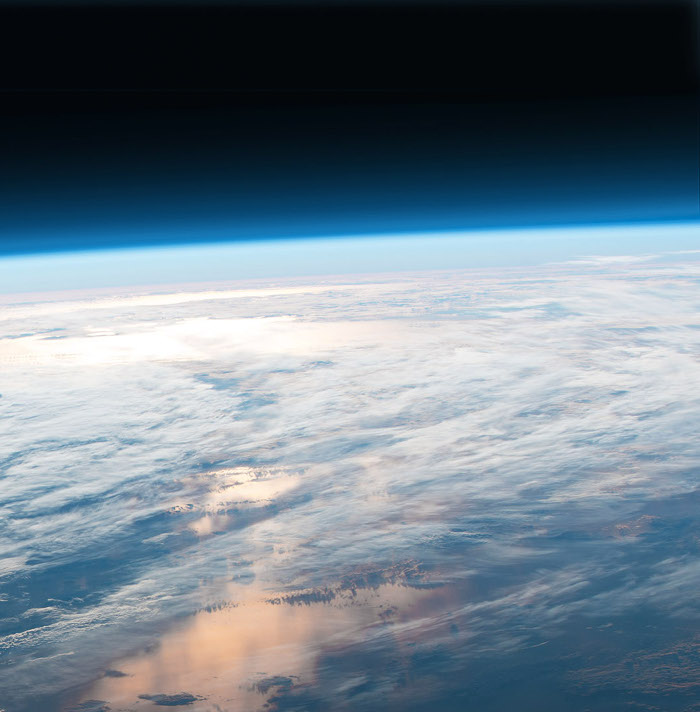Carbon rethink sounds alarm
 New research indicates human-induced global warming likely reached 1.49°C in 2023, just shy of the 1.5°C limit in the Paris Agreement.
New research indicates human-induced global warming likely reached 1.49°C in 2023, just shy of the 1.5°C limit in the Paris Agreement.
Using Antarctic ice core data, scientists have reconstructed temperature and carbon dioxide levels spanning 2,000 years, suggesting Earth may have hit this critical threshold sooner than expected.
The analysis challenges the standard 1850-1900 pre-industrial baseline used by the Intergovernmental Panel on Climate Change (IPCC), finding it underestimates early industrial emissions.
The study proposes a pre-1700 baseline when CO2 levels were roughly 280 parts per million, compared to today’s 422 parts per million.
By this measure, the researchers conclude the planet’s warming since industrialisation has already breached alarming levels.
“Our findings highlight a surprisingly consistent relationship between CO2 concentrations and temperature increases,” said lead researcher Andrew Jarvis.
However, the study notes this linear pattern might not persist as warming accelerates, with potential for tipping points or nonlinear climate responses to emerge.
The study estimates its approach provides 30 per cent more certainty in warming calculations compared to existing methods.
Jarvis and co-author Piers Forster also highlight the political sensitivities around revising the 1850-1900 baseline, given its deep entrenchment in climate policy.
The pair argue that accurately capturing human-induced warming requires acknowledging earlier industrial impacts.
The study’s implications are clear: even if the 1.5°C target is not yet formally breached, the future climate looks precarious.
The authors warn of cascading risks as climate systems reorganise under continued warming.
“Overshooting 1.5°C might not just be a temporary event - it could mark the onset of entirely new climate behaviours,” Jarvis cautioned.
With a new level of technical precision, the research is another sign of the uncomfortable reality that global efforts to reduce emissions are outpaced by the relentless rise in atmospheric CO2.







 Print
Print


